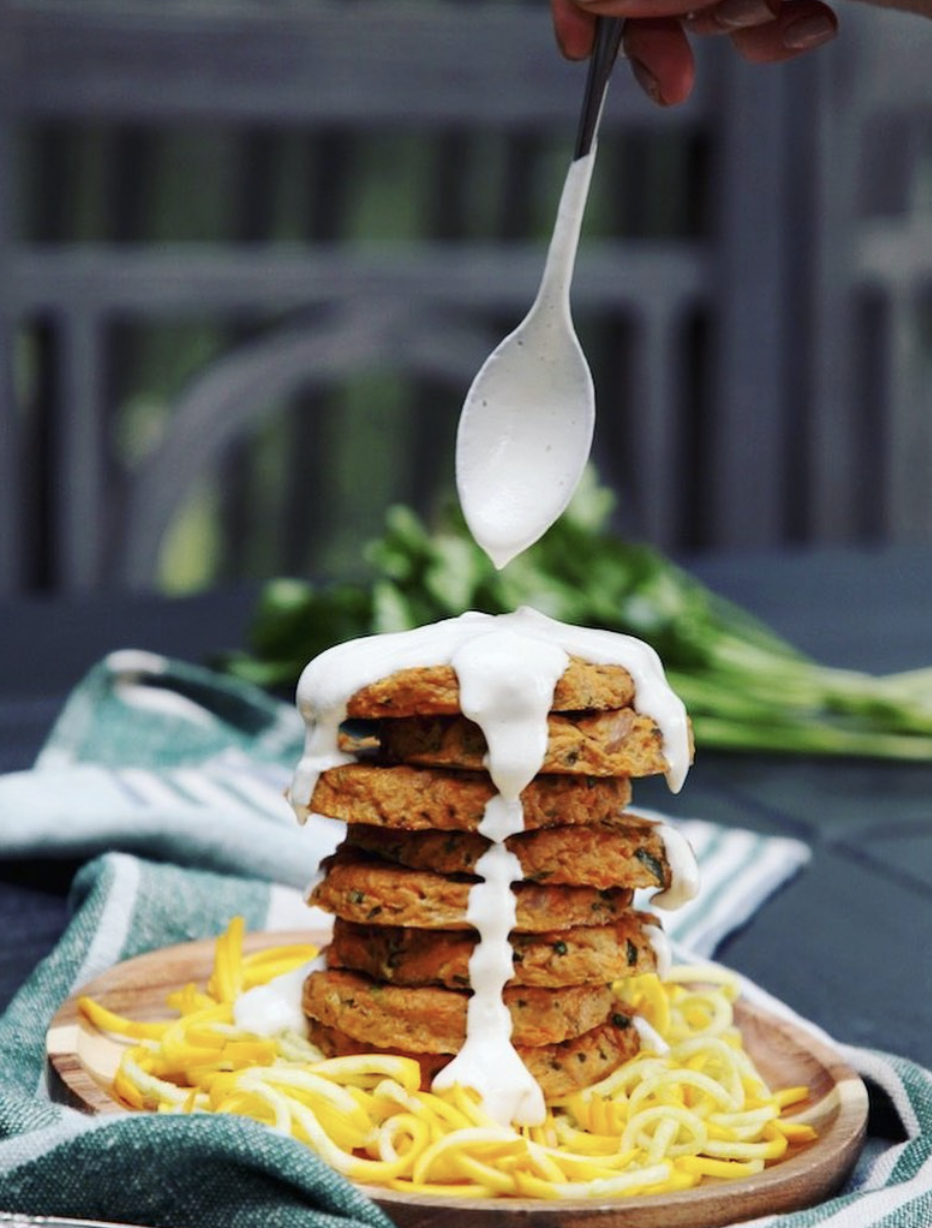The Art Of Food Photography
Food photography is an art that requires careful attention to detail, texture, and emotions. A great food photo can make a dish look so tempting that you want to take a bite right away. In this article, we will explore the importance of texture, details, and emotions in food photography, and how to capture them effectively.
Texture in Food Photography
Texture is an essential aspect of food photography. It is what makes the viewer want to reach out and touch the food in the photo. Texture can be achieved by using different props, such as a wooden cutting board or a rustic plate. It can also be created by emphasizing the different elements of the food, such as the flaky layers of a croissant or the smooth, velvety texture of a chocolate cake.
To capture texture in your food photos, you should focus on lighting and composition. Soft, diffused lighting is ideal for highlighting the texture of food. You can also use shadows to create depth and dimension in your photos. When composing your shot, pay attention to the placement of the food and props. Experiment with different angles and perspectives to find the best way to capture the texture of the food.
Details in Food Photography
Details are another essential element of food photography. Details are what make a food photo interesting and visually appealing. They can be anything from the intricate design on a piece of sushi to the tiny grains of salt on a piece of steak.
To capture details in your food photos, you need to get up close and personal with the food. Use a macro lens or zoom in to capture the details of the food. Pay attention to the little things, such as the way the steam rises from a bowl of soup or the way a sprinkle of parsley adds a pop of color to a dish.
Emotions in Food Photography
Emotions are the final element of food photography. Emotions are what make a food photo memorable and meaningful. They can be conveyed through the colors, composition, and styling of the photo. For example, warm colors, such as reds and oranges, can convey a sense of comfort and coziness, while cool colors, such as blues and greens, can convey a sense of freshness and vitality.
To capture emotions in your food photos, you need to think about the story you want to tell. What emotions do you want the viewer to feel when they look at your photo? Use props and styling to create a mood or atmosphere that evokes the desired emotions. For example, you could use a rustic, wooden board and soft, warm lighting to create a cozy, inviting atmosphere.
In conclusion, texture, details, and emotions are crucial elements of food photography. To capture them effectively, you need to pay attention to lighting, composition, and styling. Experiment with different techniques and props to find the best way to showcase the texture, details, and emotions of your food. With practice and patience, you can create stunning food photos that tell a story and evoke emotions in your viewers.
Styling and Emotional Impact: Styling in food photography plays a crucial role in evoking the desired emotional response from the viewer. By carefully selecting props, colors, and arrangements, photographers can create a mood that complements the food's essence. For instance, warm tones and rustic settings can evoke feelings of comfort and nostalgia, perfect for home-cooked meals. Conversely, minimalistic and clean setups with cool tones might highlight freshness and modernity, suitable for gourmet dishes. The right styling not only makes the food visually appealing but also connects with the viewer on an emotional level, making them crave the dish.
Natural Lighting Setup: Utilizing natural light is a fundamental aspect of food photography, as it enhances the food's colors and textures, making it look more appetizing. The best natural light typically comes from windows, offering a soft, diffused quality that wraps around the food beautifully. Photographers often use reflectors or whiteboards to bounce light and fill shadows, creating a balanced illumination. Timing is also essential; the golden hours of early morning or late afternoon provide the most flattering light. By mastering natural light, photographers can produce images that feel fresh, vibrant, and authentic.
Best Angles for Food Photography: Choosing the right angle is key to showcasing food in its best light. Overhead shots are ideal for flat lays or dishes with intricate designs, such as salads or charcuterie boards, as they provide a clear view of all elements. A 45-degree angle, similar to how one would typically view food when seated at a table, works well for most dishes, offering depth and context. For taller dishes or those with interesting layers, such as burgers or cakes, a straight-on angle can be most effective. Understanding and experimenting with different angles helps in highlighting the unique features of each dish, making them look irresistible
Top Engle Natural light

